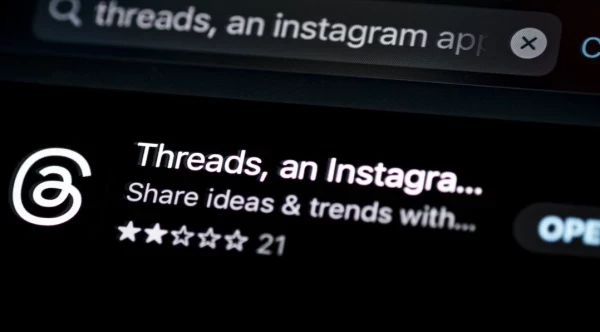The Customer Service Smackdown: Twitter vs. Phone vs. Web
Add bookmarkFortune recently published an article with the provocative title, Can I help you? On Twitter, the answer is no. In an interesting customer service experiment, the editors contacted eight different companies with different yet typical customer service requests using different modes of contact to see which was most effective in resolving the issue.
The companies
Zappos, Delta, Rubbermaid, Hyatt, Dell, Microsoft, Comcast, Bank of America
The issues
Relevant to each, from finding a hotel in Nebraska to shipping three golden retrievers on a plane. However, for the most part, the issues were not standard ones; they didn't fall within the 80% of customer service questions that can easily be answered with the company FAQ.
In short, the experiment was geared towards how the company dealt with non-standard, unusual customer service requests--the 20% that require a human touch and a little extra attention. That is, they did not ask Delta airlines if there was a gate change or if the flight was late, which would definitely have fallen within the 80% of typical questions asked and would probably have been shown different results.
The results
I'd encourage you to read the entire article, but the quickest response times were through the phone, followed by the web form. The experiment found that Twitter was typically slower and less effective at resolving the issues posed.
Does this mean Twitter isn't a good tool for customer service?
To me, the result weren't surprising and were even a bit validating--coming from a company that provides virtual call center and IVR services, it's refreshing to see that the phone is still the most effective resolution path for complex consumer customer service issues.
However, the results also don't prove in any way that Twitter isn't an effective communication channel for customer service. They show that Twitter isn't the most effective communication channel for this type of customer service.
[eventpdf]
First, as I pointed out earlier, for the 80% type of questions, Twitter would undoubtedly have fared differently. Second, and more relevant, being the fastest and most effective doesn't necessarily matter to consumers. What matter is which method lies within the consumers' comfort zone in terms of communication channels.
Pick a channel
Look at it this way: for years, I've been telling people that to get a response from a company, they must write a letter. Calls don't cut it when it's a serious, complicated issue. However, most folks never take my advice because their preferred communication channel is the telephone. Asking them to shift to a different communication channel, even if it's proven to be faster and more effective, isn't worth the effort within their busy day.
Where the customers are
Therein lies the value of social networks such as Twitter and Facebook as communication channels: they might not be the absolutely most effective, but it's where the consumers are. Even if the service request takes a bit longer or requires a bit more effort, it's still a win for the consumer, because he doesn't have to shift activities and pick up the phone or fill out a web form. It's a matter of giving the consumer the chance to stay within her comfort zone.
The personal touch
Third, Twitter allows for at least the illusion of a personal touch in the customer service interaction. For each Twitter account mentioned, there is a person with a real voice behind it. A website or IVR interaction do not hold the promise in the consumer's mind of a personal interaction, even if the reality is that the agents behind the web form and phone interactions might be well-trained, helpful and incredibly friendly.
Twitter feels like you're interacting with a human being, and most consumers do not feel that calling a company IVR will give them that personal exchange. In reality, the level of personal attention does vary widely based on the company's corporate culture, but that's the perception.
In conclusion, as I've stated before, Twitter won't fix your bad customer service. But it is a channel that will allow you a level of interaction with your consumers. And studies have shown that users prefer to choose their own communication channel, so corporations would be well advised to have a presence across all channels, not just phone and web. And if engagement with your users is part of your corporate culture, social tools such as Twitter shouldn't be ignored.
Want to read more about multi-channels? Check out Rosanne D'Ausilio's latest article.
Check out Spoken Communications for more from Heidi.





















